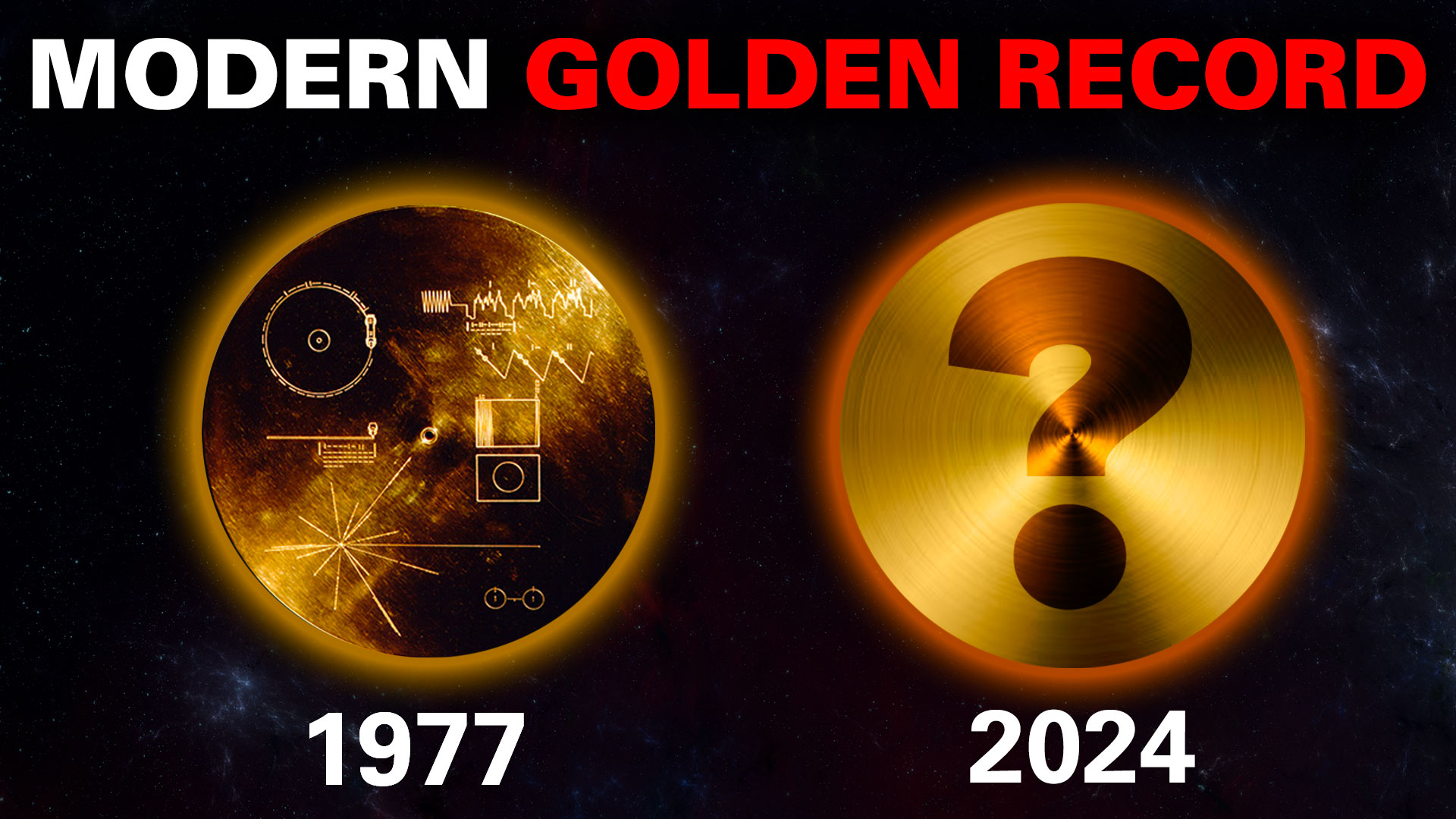Now that several decades have passed since the launch of Voyager 1 and Voyager 2 in 1977, we look back on that time with a hazy sense of history and what the event meant for humanity’s ongoing odyssey. While the Voyager spacecraft were sober scientific missions, they also carried with them a hint of the deeper yearnings that lie inside humanity’s heart: the Golden Records.
Continue reading “What Would a Modern “Golden Record” Include?”ESA’s Ariel Mission is Approved to Begin Construction
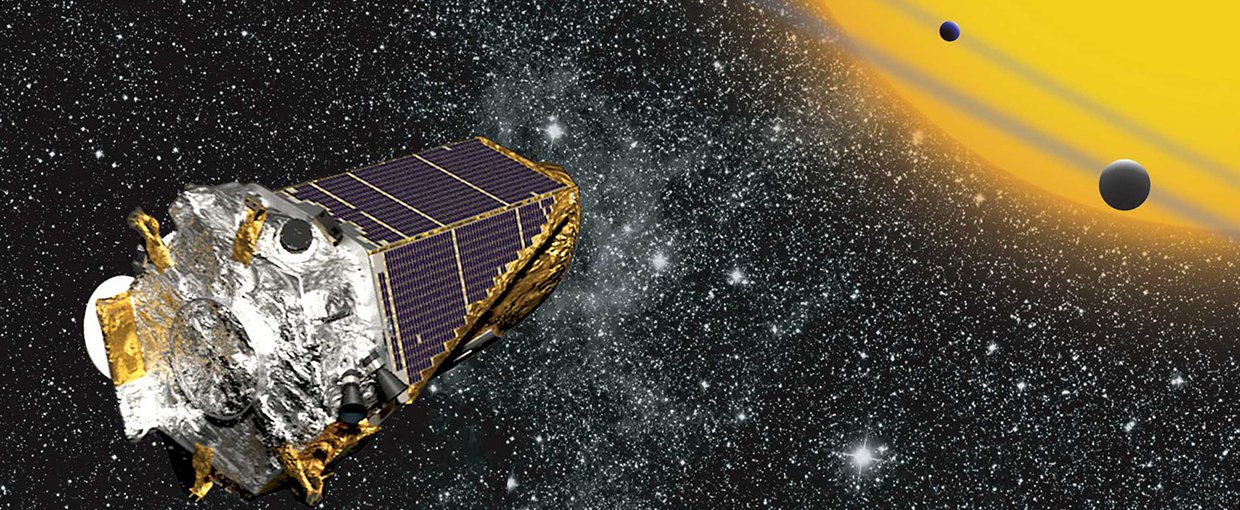
We’re about to learn a lot more about exoplanets. The ESA has just approved the construction of its Ariel mission, which will give us our first large survey of exoplanet atmospheres. The space telescope will help us answer fundamental questions about how planets form and evolve.
Continue reading “ESA’s Ariel Mission is Approved to Begin Construction”Astronomers Calculate Which Exoplanets Are Most Likely to Have Water
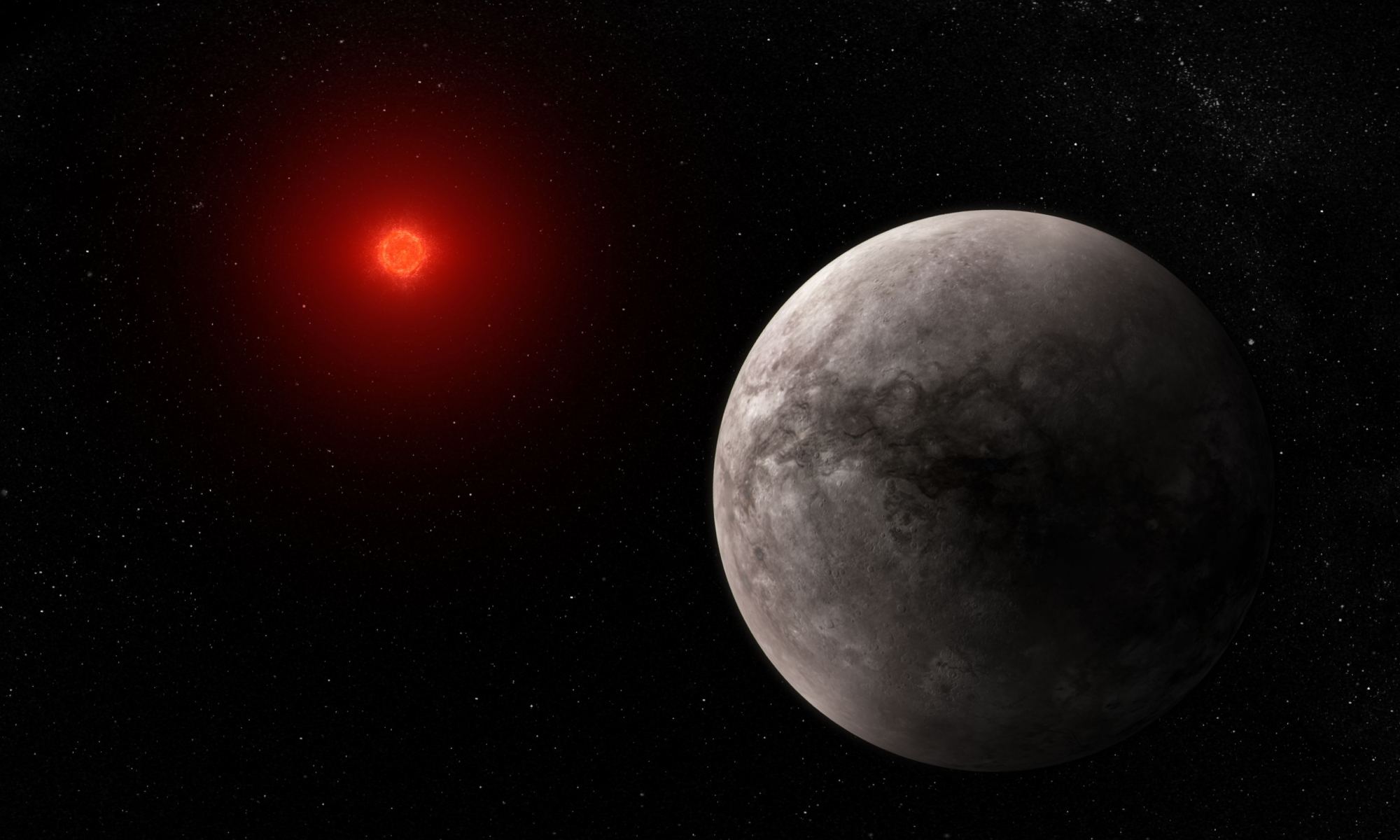
Astronomers know of about 60 rocky exoplanets orbiting in the habitable zones of their stars. When they try to determine how habitable these planets might be, detecting water in their atmospheres plays a huge role. But what if there was another way of measuring the water content in these worlds?
Researchers are developing a way of modelling these worlds to determine how much water they have.
Continue reading “Astronomers Calculate Which Exoplanets Are Most Likely to Have Water”This Planet is Way Too Big for its Star
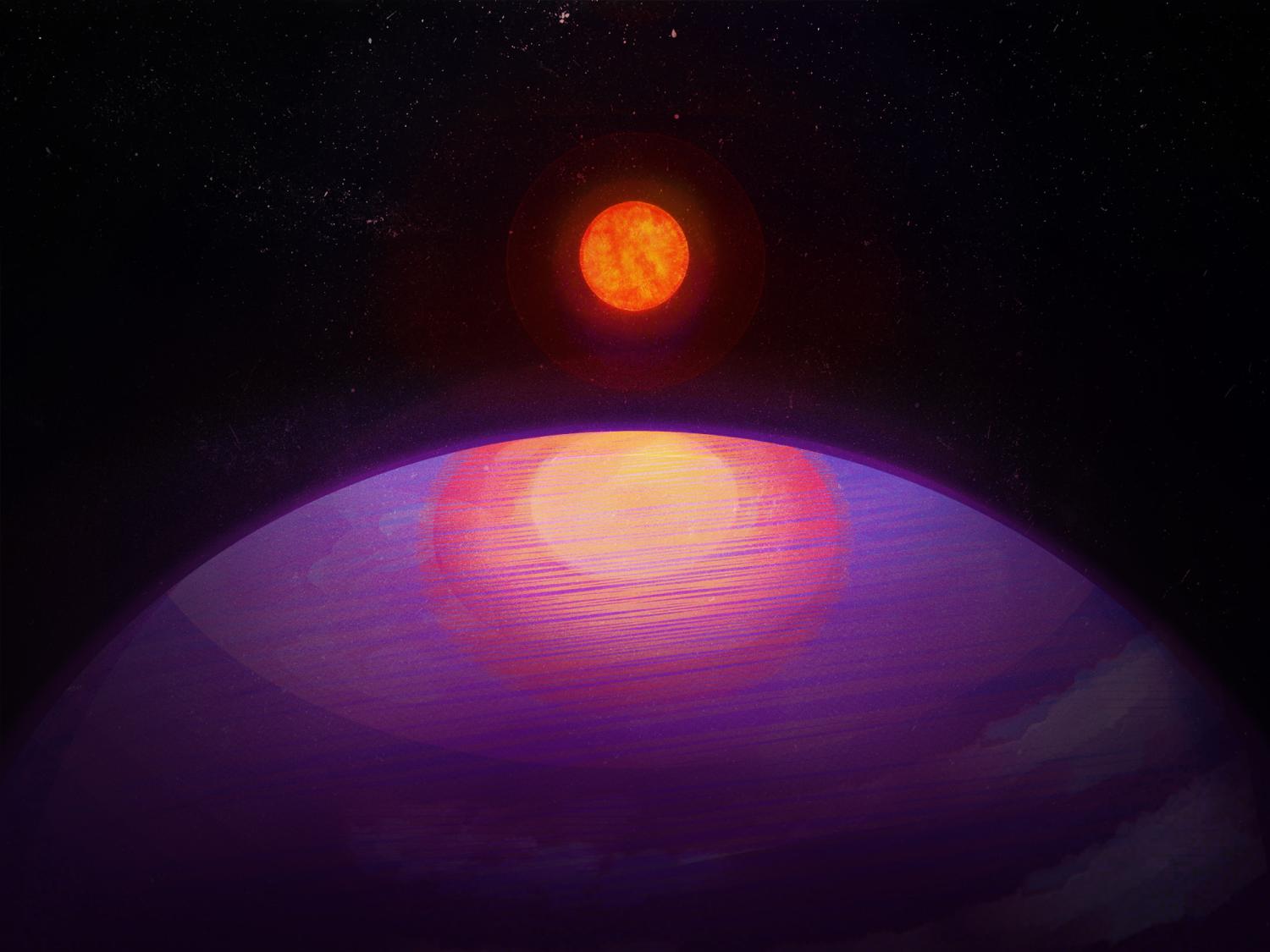
Scientists love outliers. Outliers are nature’s way of telling us what its boundaries are and where its limits lie. Rather than being upset when an outlier disrupts their understanding, scientists feed on the curiosity that outliers inspire.
It’s true in the case of a new discovery of a massive planet orbiting a small star. That goes against our understanding of how planets form, meaning our planet-formation model needs an update.
Continue reading “This Planet is Way Too Big for its Star”Hubble is Offline Because of a Problem with one of its Gyros
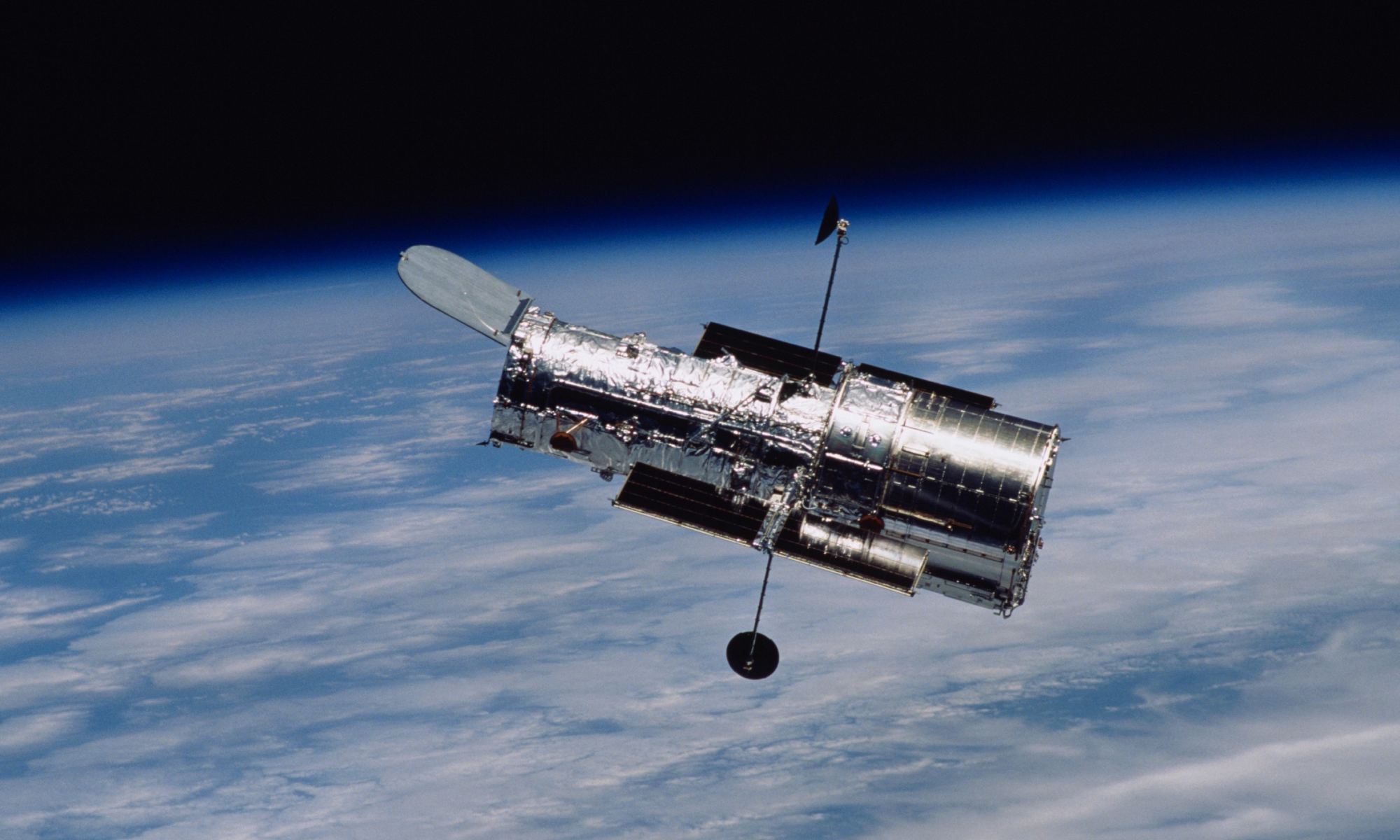
The rich flow of scientific data—and stunning images—that comes from the Hubble Space Telescope is being interrupted by gyro problems. One of the telescope’s three remaining gyros gave faulty readings, and the Hubble automatically entered safe mode. In safe mode, science operations are suspended.
Continue reading “Hubble is Offline Because of a Problem with one of its Gyros”Spider Pulsars are Tearing Apart Stars in the Omega Cluster
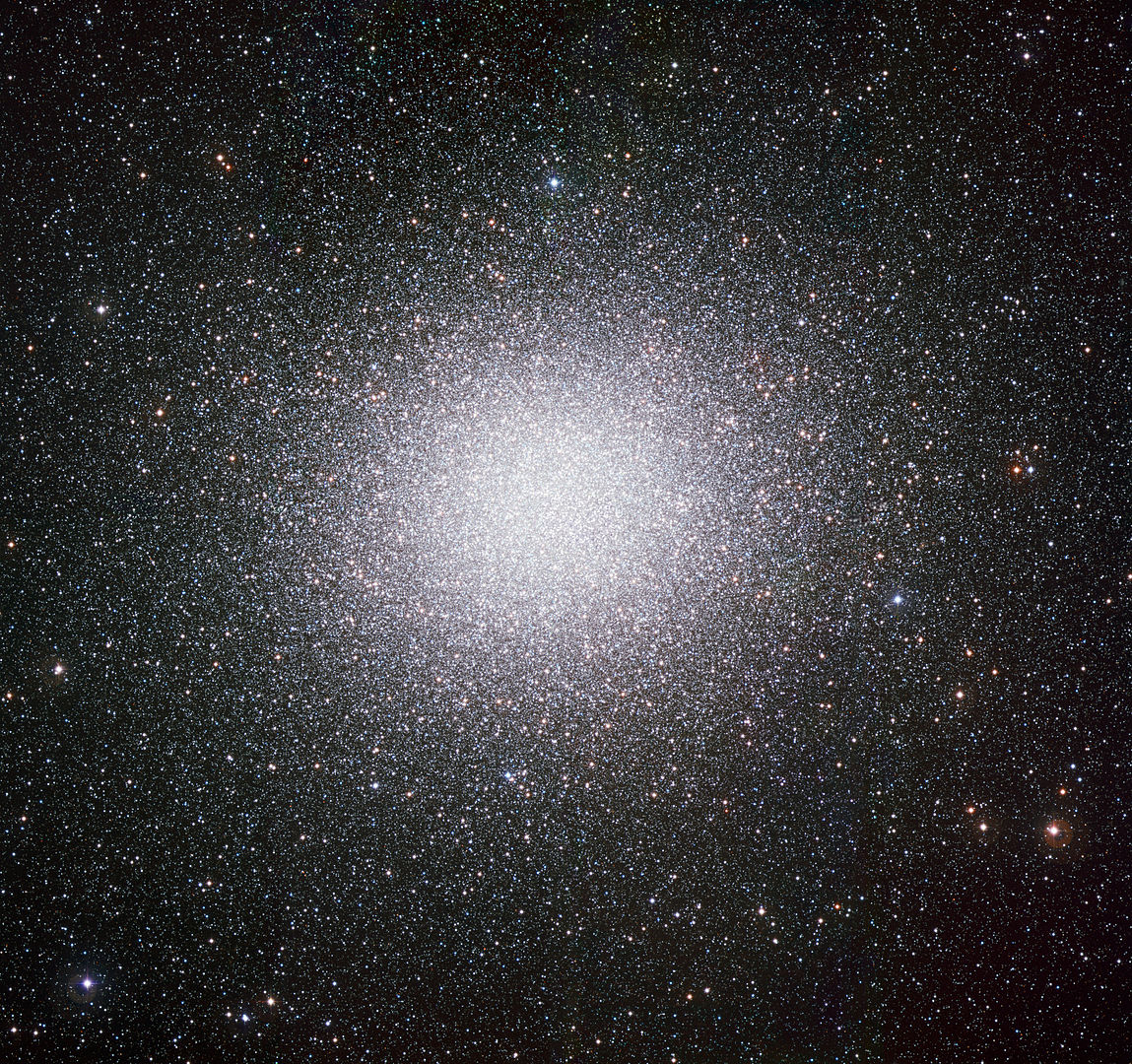
Pulsars are extreme objects. They’re what’s left over when a massive star collapses on itself and explodes as a supernova. This creates a neutron star. Neutron stars spin, and some of them emit radiation. When they emit radiation from their poles that we can see, we call them pulsars.
Continue reading “Spider Pulsars are Tearing Apart Stars in the Omega Cluster”Could Life Exist in Molecular Clouds?

Our search for life beyond Earth is still in its infancy. We’re focused on Mars and, to a lesser extent, ocean moons like Jupiter’s Europa and Saturn’s Enceladus. Should we extend our search to cover more unlikely places like molecular clouds?
Continue reading “Could Life Exist in Molecular Clouds?”It Doesn’t Take Much to Get Tilted Planets

Chinese and Indian astronomers were the first to measure Earth’s axial tilt accurately, and they did it about 3,000 years ago. Their measurements were remarkably accurate: in 1120 BC, Chinese astronomers pegged the Earth’s axial tilt at 24 degrees. Now we know that all of the planets in the Solar System, with the exception of Mercury, have some tilt.
While astronomers have puzzled over why our Solar System’s planets are tilted, it turns out it’s rather normal.
Continue reading “It Doesn’t Take Much to Get Tilted Planets”China’s Space Station, Seen from Orbit

When the Space Age dawned in 1957, there were only two players: the USA and the USSR. The USA won the space race by being first to the Moon, though the USSR enjoyed its own successes. But here we are only a few decades later, and the USSR appears to be fading away while China is surging ahead.
Nothing’s more emblematic of China’s surge than its Tiangong space station.
Continue reading “China’s Space Station, Seen from Orbit”JWST Reveals a Newly-Forming Double Protostar

As our newest, most perceptive eye on the ongoing unfolding of the cosmos, the James Webb Space Telescope is revealing many things that were previously unseeable. One of the space telescope’s science goals is to expand our understanding of how stars form. The JWST has the power to see into the cocoons of gas and dust that hide young protostars.
It peered inside one of these cocoons and showed us that what we thought was a single star is actually a binary star.
Continue reading “JWST Reveals a Newly-Forming Double Protostar”
